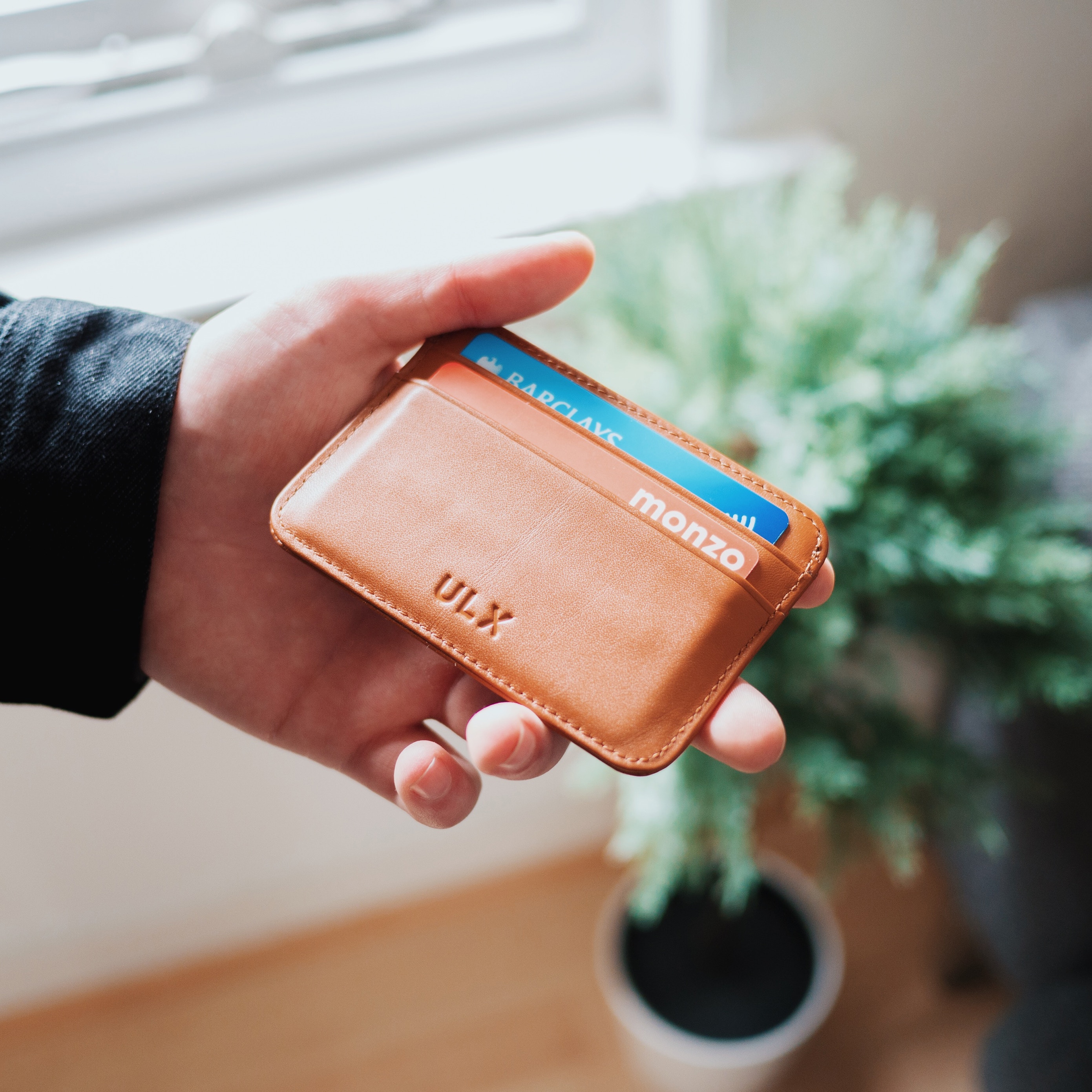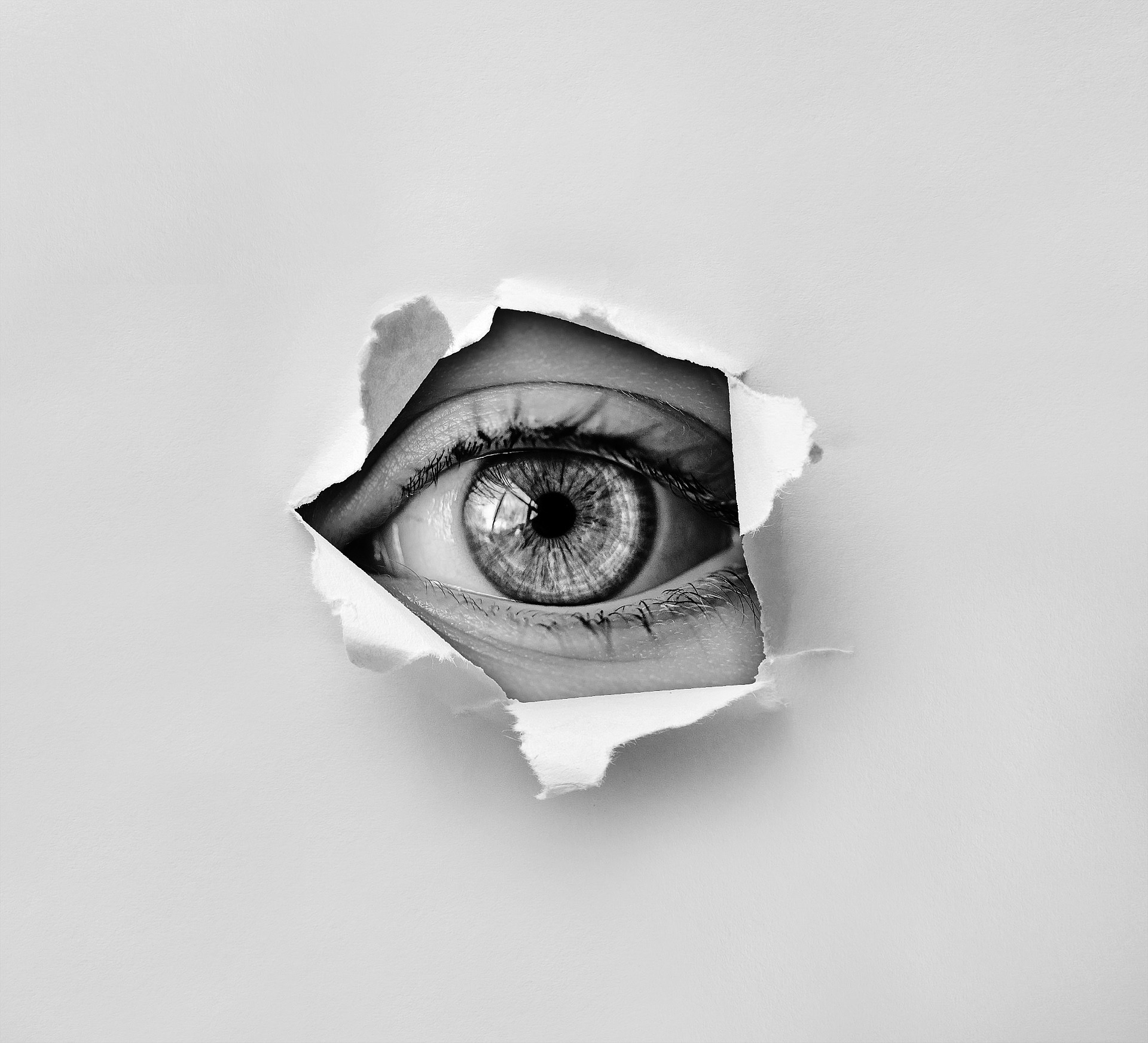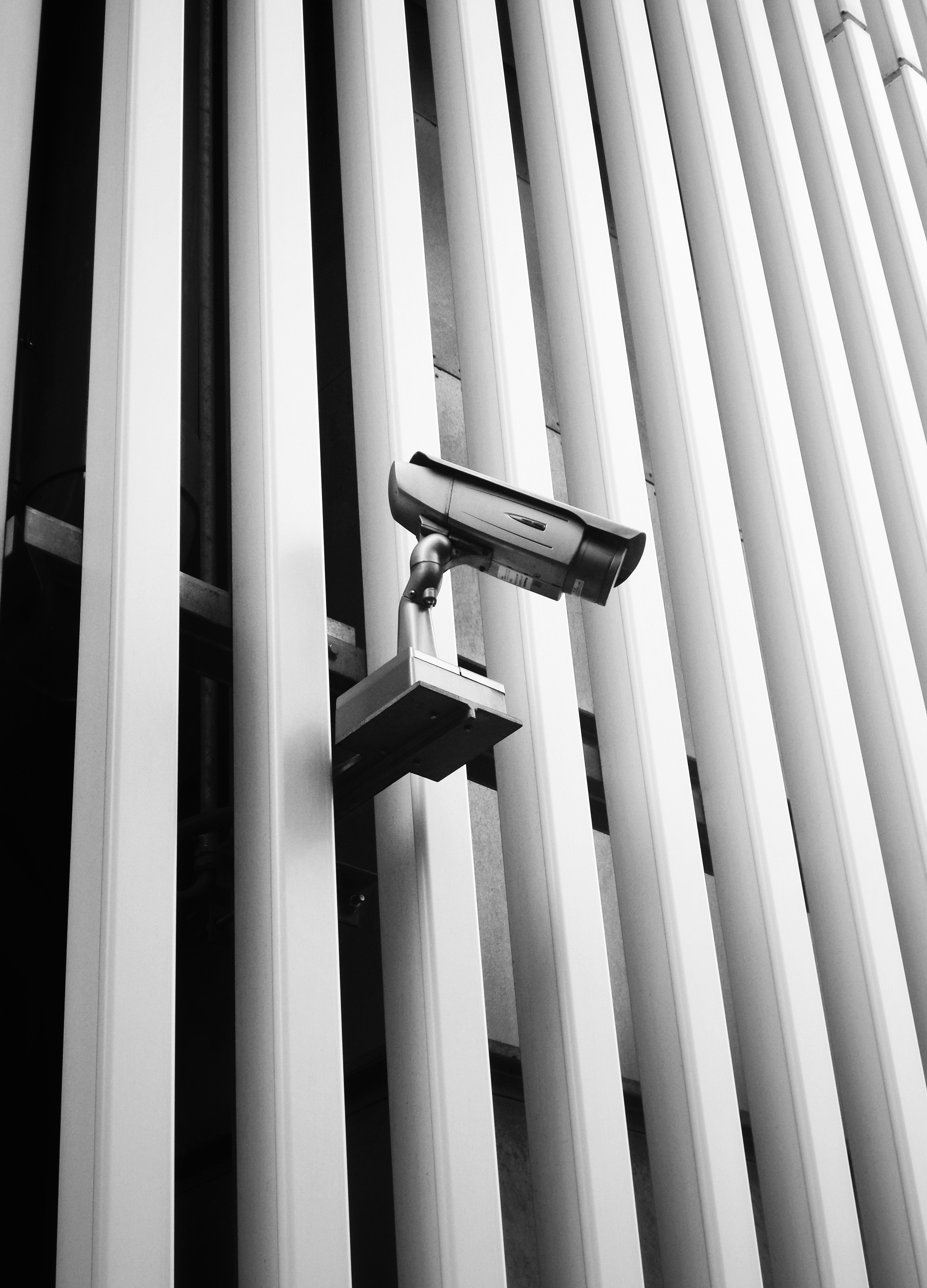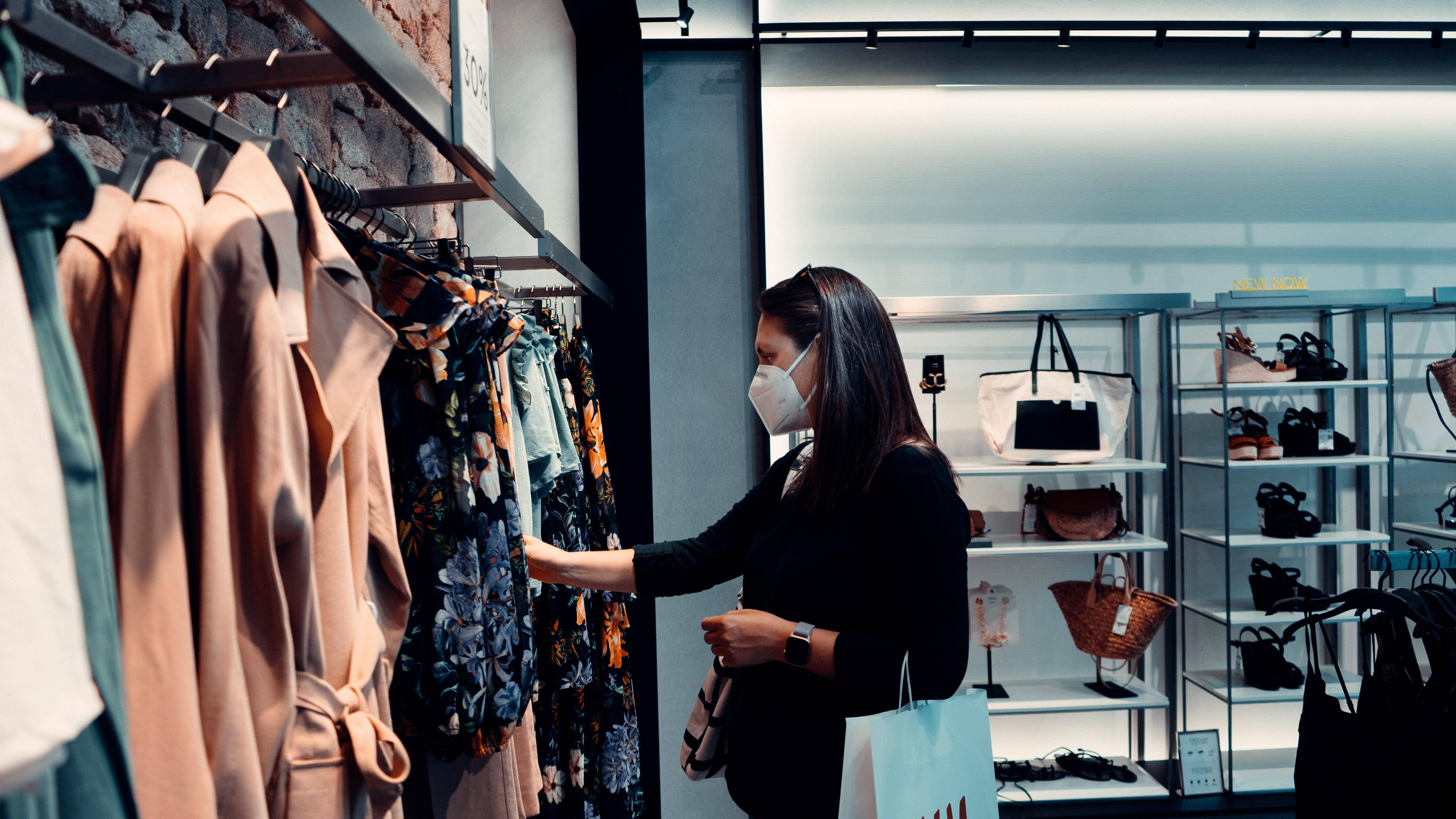 6 Advantages of Biometric Payments" />
6 Advantages of Biometric Payments" />
It’s hard to ignore one of the most popular tech by-products of the COVID-19 pandemic: contactless payments for in-person shopping. Methods like card tapping, Apple Pay and QR codes have become more ubiquitous, as businesses are trying to make the point of sale (POS) more sanitary and easier for customers.
Of the many forms of newer payment methods, an outlier has joined the rest: biometric payment. Its use has risen in interest and implementation during 2020 and 2021.
For many businesses, this technology could seem like a stretch. Questions like the following may come to mind:
- How could I get my customers to try this new system?
- What does it look like for a customer to pay with their biometric information?
- What about the privacy and security around keeping someone’s biometric and payment information safe?
- What’s the upside of this technology?
These are all fair questions, by the way. That’s why our goal for the next few months is to break down the nuts and bolts of what biometric payment looks like in the real world, and how this technology is shaping companies and commerce at large.
We’ll examine various business use cases, POS customer experience, and privacy and security measures around people’s biometric and financial information.
What exactly is biometric payment technology?
Biometrics is using a biological or behavioral trait to identify a person. It could be a palm vein pattern (like Keyo uses), iris scan, fingerprint or even someone’s voice.
Biometrics is becoming an ever popular feature of technology. If you use your fingerprint or get your face scanned to unlock your phone ( or use palm vein mapping for certain Android users), your identity is being verified with biometrics many times a day, on a regular basis. You might see how biometric payment isn’t actually such a stretch of the imagination, as many of us are already steeped in it.
Biometric payment, therefore, is where a person uses their biological or behavioral trait to pay for goods and services.

Here’s the general step-by-step process:
- A person gets identified by their biometric trait.
- Their identity is authenticated by a copy of their trait (in the form of encrypted code) that’s stored in a secure database.
- Once that person’s identity is verified, the payment card that’s attached to their biometric account is automatically charged at the POS.
Now that we’ve got some of the basics covered, let’s dive into the possibilities for why a biometric payment method could improve businesses and their customer service.
1. A more sanitary experience that delivers peace of mind.
Imagine a person simply waving their palm over a palm vein reader at the grocery check out. They’re not inputting their pin on the pinpad and grocery clerks aren’t having to disinfect the payment hardware many times an hour. Plus, customers leave with a greater sense of safety, knowing they haven’t touched a payment terminal that countless others have earlier.
The contactless trend isn’t going anywhere. According to recent reports, the modern consumer values safety in their payment experience.
2. A faster, more convenient POS.
With just a quick scan of someone’s biometric trait, they don’t have to punch in a pin number or even take out their card out of their wallet. A quicker POS means that a customer can easily grab their goods and move on with their day ( which makes a happier customer who’s more likely to return).
Bonus: let’s say a customer forgets their wallet at home. With certain kinds of biometric payment (that don't require a card), this isn’t an issue. That person can still pay for their goods and avoid a frustrating hiccup.
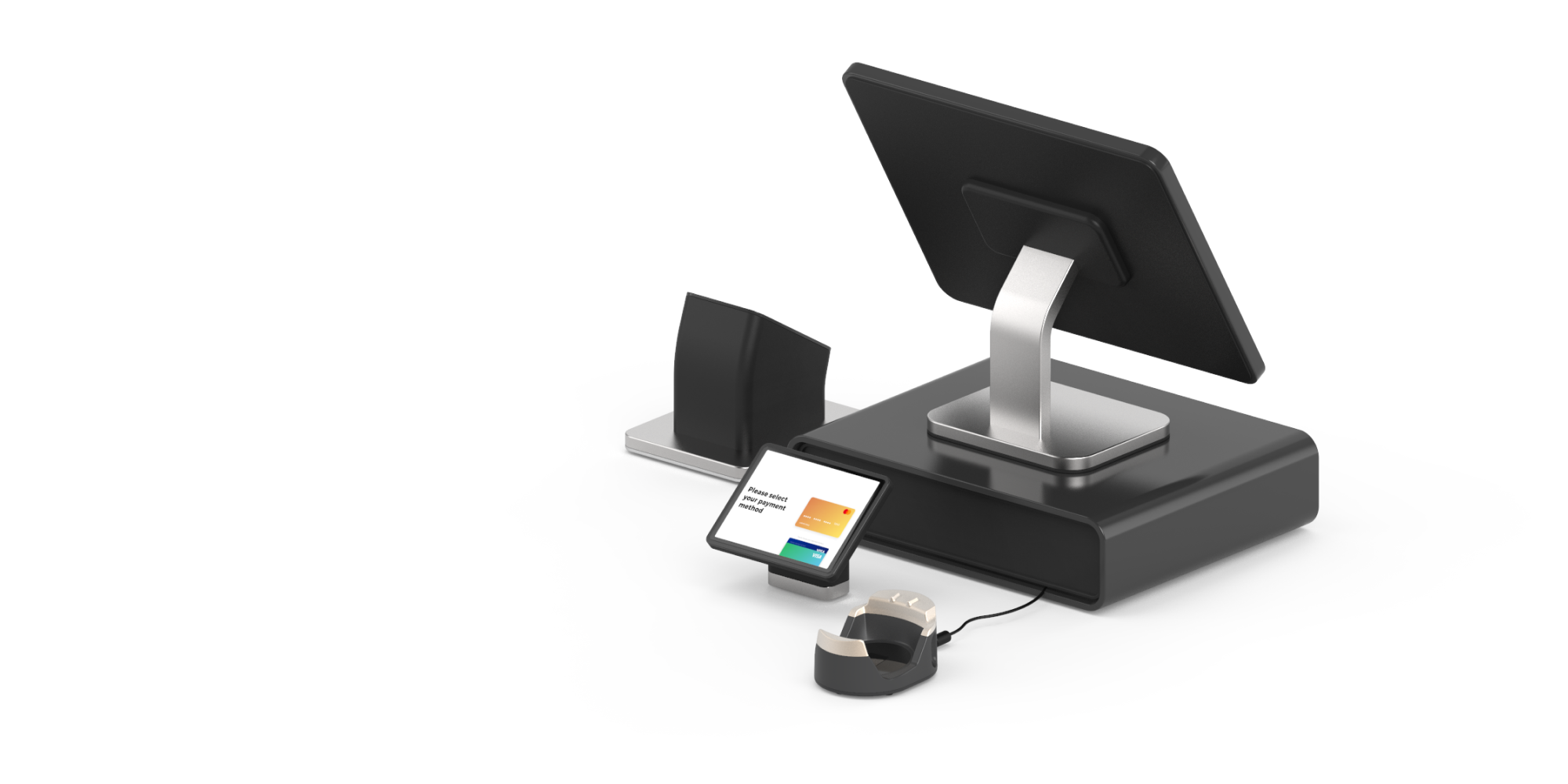
3. Less logistic stress of long lines, slow payments and frustrated customers.
We’ve all been shopping during peak hours at a store. Whether it’s retail, a restaurant or a grocery store, it’s easy to get bothered by lengthy wait times and lines that spill into the aisles or wrap around tables.
In addition to the frustration of long wait times, these lines make it harder for employees to do their job, for other customers to shop/enjoy their meal, and it creates crowded areas for easier virus transmission. When this build-up happens, biometric payment can ease the wait with how quick the POS is.
Speeding up a step of the check-out process can go a long way in lessening the stress of peak hours. In turn, this small relief takes better care of shoppers and the staff.
4. Better loyalty programming.
When rewards programs are integrated with a biometric payment system, it makes tracking reward points for customers much easier, versus customers having to input their member number into a system (or punching/scanning a loyalty card). Every time a shopper pays for something with their trait, points can be automatically added to their account, and rewards redeemed as designed.
When points are tracked better and more conveniently, this means more consistent rewards for shoppers, which therein creates more brand loyalty.
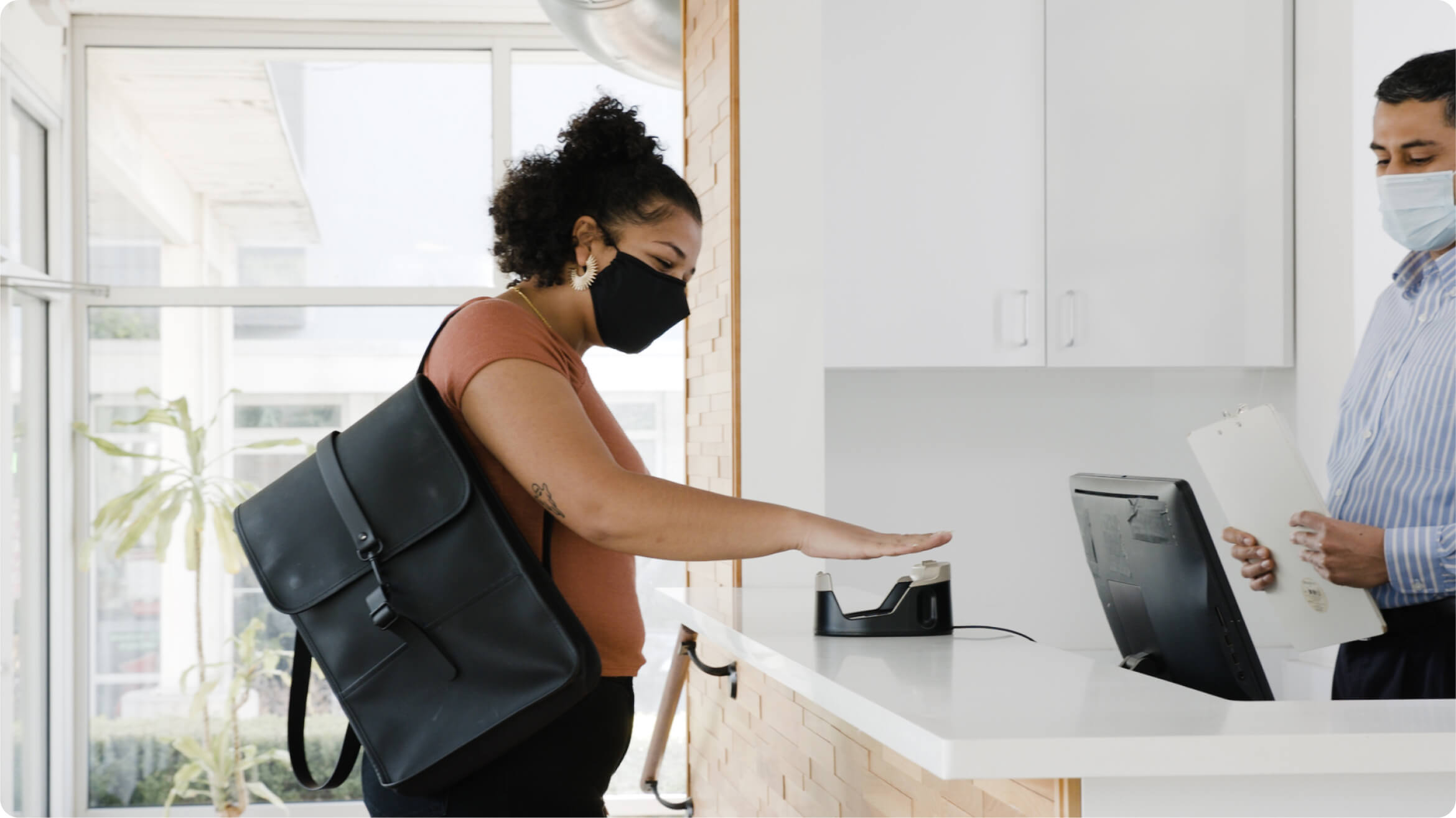
5. Stronger payment security.
Depending on the biometric being used to initiate a payment, the level of security around a person’s payment information could significantly increase. For example, if a bank were to use palm vein biometrics as a way of verifying a customer, it’d be nearly impossible to spoof someone’s palm vein pattern and access someone’s bank information, as this biometric is internal to the body.
However, if a bank chose facial recognition, that’d be a different story. Hackers have figured out how to trick facial recognition systems, and this kind of modality tends to misidentify certain demographics of people, namely women and people of color. Keyo doesn’t recommend this modality for banking, or frankly for any use case.
An additional security measure by using certain kinds of biometric payment (again, that don’t rely on a card), is that a person wouldn’t have to have a physical card on hand to make a transaction. This means that they never have to risk physically losing their credit card or having it stolen out of their purse/pocket/wallet/cart.
This not only reduces the headache of customers having to replace a lost or stolen card, but also saves banks from the costs of liability, as well as the overhead expense of replacing the card.
6. Future-proofs your business.
In the event of another pandemic or health-related crisis, ultra convenient, contactless biometric payment will help your business adapt to the times, while still serving your customers well.
The above points are just broad strokes of what biometric POS can accomplish for businesses that offer in-person shopping and services. The Keyo team is excited to continue sharing some of the in’s and out’s of what we’re learning about biometric payments technology.

